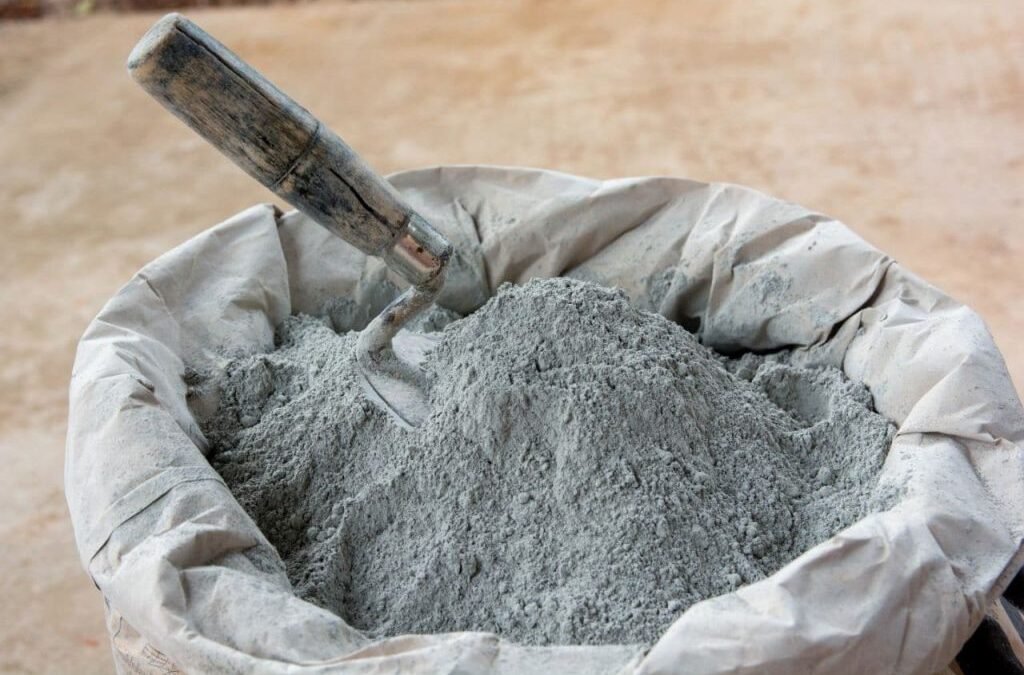Synopsis:
A few large companies dominate India’s cement industry, controlling over 56% of the capacity. Their pricing power often leads to coordinated price hikes, impacting consumers and delaying infrastructure projects. Regulatory action has been taken, but stricter enforcement is still needed.
As per the Cement Manufacturing Association, India has a total installed cement capacity of approximately 700 Metric Tonnes (MT). Ultratech has 183.4 mtpa, Adani Cement (ACC, Ambuja, Penna) has approximately 100 MTPA, Shree Cement with 62.8 million tons, and Dalmia Bharat with 49.5 mnt.
UltraTech Cement, with a capacity of 183.4 MTPA, holds the largest market share at about 26.2%. Adani Group, through ACC, Ambuja, Orient, and Penna, commands roughly 14.3% with 100 MTPA. Shree Cement follows with 9% (62.8 MTPA), while Dalmia Bharat holds around 7.1% (49.5 MTPA).
Together, these four players control over 56% of India’s total cement capacity, highlighting the highly concentrated and oligopolistic nature of the industry. This level of concentration gives these companies substantial power over both production and pricing, making the industry a prime example of an oligopoly.
By FY27, UltraTech Cement aims to expand its capacity to 212.2 MTPA. Adani Cements (ACC, Ambuja, Penna) plans to reach 118 MTPA by FY26 and 140 MTPA by FY28. Shree Cement is targeting 80 MTPA by FY28, while Dalmia Bharat plans to grow to 75 MTPA by FY28 and further to 110–130 MTPA by FY31. These expansion goals signal a fierce race among top players to strengthen their market dominance in India’s cement industry.
UltraTech Cement is spread across all regions, with the highest share in South India at 27.5%, followed by North (19.2%), West (18.2%), East (18.2%), and Central India (17%), reflecting its well-diversified national presence.
As of now, Shree Cement has diversified its operations across India. While 44% of its total capacity is in North India, it also has a significant presence in the East (33%), followed by South (10%), Central (8%), and West India (5%), showing its growing pan-India footprint beyond its traditional northern base.
As of May 31, 2024, Dalmia Bharat had a strong regional presence. The company’s capacity is spread across East India (47%), South (35%), Northeast (12%), and West (6%), showcasing a well-diversified footprint across the country. However, it is yet to tap the northern and western region of India.
Adani Cement is spread across the Southern Zone with 27%, Western Zone – 24%, Northern and Eastern Zones – 20% each, and Central Zone – 9%. This balanced distribution supports its pan-India reach and strong trade presence.
Also read: NBFC stock in focus after company announces strong Q1 results
Controversies
India’s cement industry has been under fire for years, facing serious accusations of forming cartels and manipulating prices. Back in 2012, the Competition Commission of India (CCI) slapped a huge Rs 6,300 crore fine on 11 major players, including UltraTech, ACC, Ambuja, and Dalmia, for colluding (Cement cartelization) to fix prices through the Cement Manufacturers Association (CMA). This decision was upheld in 2016, with penalties reflecting their past profits.
Cement cartelization is when major cement companies secretly agree to fix prices, limit supply, or divide markets instead of competing fairly. This leads to higher prices for consumers and harms fair competition in the industry.
Fast forward to between 2019 and 2022, and new investigations uncovered that these companies were still at it, coordinating price increases through WhatsApp, emails, and Zoom meetings. They were sharing sensitive information and setting regional prices.
As a result of this cartel activity, cement prices increased across several regions, even though there was enough production capacity. This not only hit consumers and infrastructure projects hard but also stifled new competition by creating steep entry barriers and controlling access to raw materials and dealer networks.
While the Aditya Birla Group (UltraTech) and Adani Group (Ambuja-ACC) are aggressively pushing for market dominance, enforcing regulations remains a tough nut to crack. Courts have often watered down CCI orders, and proving collusion is no easy feat. The government has suggested establishing a dedicated regulator for the sector, but we’re still waiting for effective action to materialise.
Hence, the cement industry in India is largely dominated by a handful of major players, which gives them significant control over both production and supply. This dominance also influences pricing throughout the sector.
When big names like UltraTech, Adani, Shree Cement, and Dalmia decide to raise their prices, smaller and regional companies often follow the upward price trend. This creates a ripple effect that drives prices up across the country.
Such coordinated pricing strategies, along with ongoing cartel practices, disrupt fair market competition, put a strain on consumers, and slow down infrastructure development. This makes it clear that strong regulatory action is more necessary than ever.
Written by Satyajeet Mukherjee
Disclaimer

The views and investment tips expressed by investment experts/broking houses/rating agencies on tradebrains.in are their own, and not that of the website or its management. Investing in equities poses a risk of financial losses. Investors must therefore exercise due caution while investing or trading in stocks. Trade Brains Technologies Private Limited or the author are not liable for any losses caused as a result of the decision based on this article. Please consult your investment advisor before investing.
The post 4 Stocks That Control Over Half of India’s Cement Market to Keep on Your Radar appeared first on Trade Brains.

